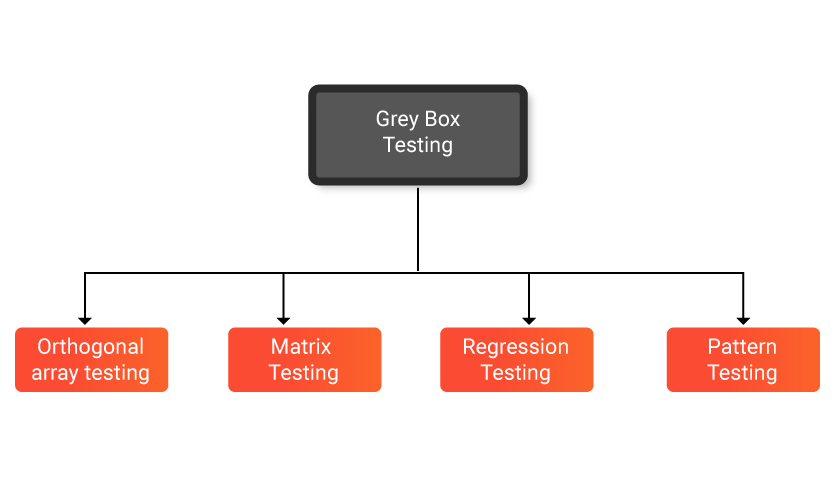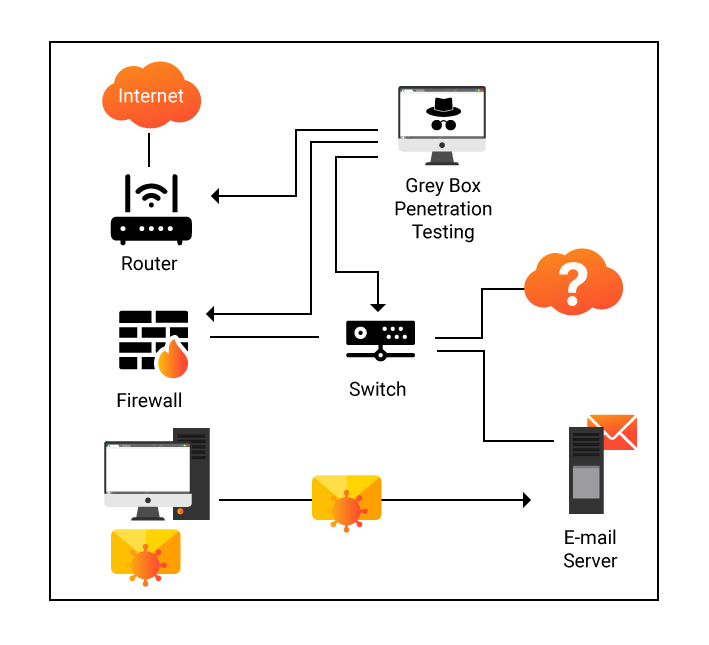How much does penetration test cost? have you ever thought about it? You would, absolutely! if your business is based on the digital domain.
The digital world is very susceptible to security threats. Hackers are increasingly hacking websites for various reasons. There had been many security threats that had made many big companies reconsider their security measures.

Hackers find the loopholes in the website and accomplish their felon ideas. Even web world biggies find it hard to evade these stacks. To lessen the chances of such security breaks, companies are taking help on website penetration testing. But, how much does penetration test cost?
Before we get to the cost of penetration testing let’s have a look at the latest cybersecurity statistics

- Around 230,000 malware’s are created by hackers every day
- It is estimated that cybercrimes will cost around $2 trillion
- 60% of companies have cyber-attacks one way or another
- A frightening 56% increase in web-based attacks have been reported
- 33% increase in mobile-based ransomware attacks
- 25% of the attack groups use harmful malware
- There are tools available on the dark-web which help any person with computer knowledge to be a hacker. Pricing of these tools are mostly $1
- 94% of the email attacks have a malicious email attached to it
What is Penetration testing?

Penetration testing or also known as ethical hacking refers to testing websites to discover security susceptibilities that the hackers could use to get an illegal entry to your website. Penetration testing of websites can be done both automatically and manually.
Know : Top 10 Penetration Testing Companies in India
The process helps organizations find the following vulnerabilities in their websites:
- Target point of hackers
- How can attackers attack the website
- How effective is your website defenses mechanism
- Probable size of the breaks
What are the types of penetration testing?
Black box penetration testing
Performed after there is no or little information available regarding the digital architecture of a company. The main intention behind such an attack is to imitate cyber-attack.
White-box penetration testing
performed after a complete analysis of the system. White-box penetration testing is performed for in-depth security audit
Gray box penetration testing
Performed after having only partial knowledge about the system. For instance, testers escalate user privilege for an efficient assessment.
Network service penetration testing
Done to perform vulnerabilities of network architecture such as switches, firewalls, servers, routers, printers, workstations, etc.
Web-app penetration testing
A continuously evolving type of testing used to find the vulnerabilities of web-based applications
Penetration testing can also be used to recognize
- application layer flaws
- network-level flaws
- system-level flaws
- Physical security barriers
Automated penetration testing has the ability to discover some cybersecurity issues but extensive penetration testing also focuses on business’s susceptibility to manual breaches also.
Why penetration testing important?
• Helps in experiencing real-life scenario of intrusion
• Helps in revealing lacking security policy
• A single target can be attacked in a various manner to reveal flaws
• Gives a user perspective of your software security
• Saves a lot of money by saving your company from devastating breaches
• Ensures the General Data Protection Regulation (GDPR) compliance
• Pentest result can be used as training material for developers to make fewer mistakes in the future
Why penetration testing differs from vulnerability scanning?
| Penetration testing | Vulnerability Assessment |
| Evaluates the security defense of your company software architecture | Used to unravel as much security flaws as possible |
| Combination of manual and automated techniques | Can be automated easily |
| Unknown vulnerabilities can be traced out | Exploitable vulnerabilities that are known can be fished out |
| Must be done by skilled individuals or a team of individuals | Can be done by an in-house team |
| Mostly performed once or twice in a year | Performed quarterly |
How much does penetration testing cost?

The cost of penetration testing varies based on the size and complexity of the website. There are many other factors that also play an important role in defining the cost of penetration testing. Let us discuss in detail various factors that affect the calculation of penetration testing.
1. Objective
The objective of your website plays an important role in deciding the pricing of penetration testing of the website.
Whether you are going to get a small website tested or a huge website or a social media app, the size of your website will largely affect the penetration testing of your website.
Also if you want to test networks, applications, IoT devices, etc. will affect the cost of the testing. Also, the amount of information you want to give to the tester will affect the cost of penetration testing.
2. Scope
Scope in penetration testing is related to the time required by the testers to test the website.
Both cost and time are related to the number of parties/networks/IP addresses/applications/facilities involved, etc. The cost also depends on the restrictions if any.
3. Approach
There are many ways to approach penetration testing. These approaches play an important role in the cost of the pen-testing. Some go only for the basic level of testing, while others are only bothered about the entry points for the breaches, but if you are interested in the more extensive approach to penetration testing you might have to pay more.
The deeper insight into the vulnerabilities means more cost. While the less deep the penetration approach testing, the lesser will be the cost.
4. Skills
The very common phenomenon for all types of testing is the skills of the testers. The more expertise of the testers, the more will be the cost. If you will go for high expertise, you ensure deeper penetration testing but will have to pay higher for it.
But if we consider in a long term perspective, the deeper penetration testing will give you more chances to protect your website and hence saving you from many cybersecurity issues and thus saving you a lot of money.
5. Re-Testing
When testers conduct penetration testing, the vulnerabilities in the website get unveiled. The developers again work on the code, to correct the code and bar all the vulnerabilities. But once after the corrections are done, the code is again retested to check if the vulnerabilities have been taken care of and the website is secure from any future security breaches.
Read also : 15 Best Penetration Testing Tools
Re-testing is a very important factor that adds up to the cost of a penetration test. There are few testing teams that offer to retest for free. Though there are many companies that charge an amount for retesting. The cost of retesting depends upon the amount of retesting that is required to be done and the number of retests that are conducted.
6. Service
Penetration testing cost also depends on the services offered by the testing teams. Some teams offer you all-inclusive services consisting of many reports, suggestions, etc. These teams keep you completely involved in the testing process.
Penetration testing costs can vary from a few thousand dollars to more than $100,000 depending upon the size and complexity of the website.
7.The complexity of the system
A penetration test is a mandate for corporate of all types, be it a start-up or a multibillion-dollar company. But depending upon their size, the cost of penetration testing also differs as the difference in size leads to differences in the amount of work required for penetration testing. The number of systems, number of roles, type of testing play an important role in determining the cost of penetration testing.
8. Types of tools used
Penetration testing might require a variety of tools for its execution. There is a large variety of such tools and even their pricing differs by a huge margin. Some of the tools are available free of cost while others come for a hefty amount. The use of these tools in penetration testing plays an important role in determining the overall cost of penetration testing.
Cost of pen testing
The cost of penetration testing can range from $1500-$5000+ in a normal situation with respect to how big the company and complex the systems are.
- For somewhat decent testing, it would cost around 5000$ for a small company which has fewer than 100 employees
- There will be another 25% increase in the cost if the penetration test has to be PCI compliant.
Conclusion:
Penetration testing is an important part of website testing to ensure the high-end security of your websites. But many website owners consider it as an expensive overhead and avoid conducting penetration testing. But focusing more on the initial cost of penetration testing they forget to count on the cost they might have to incur for not getting the penetration testing done.

Not getting penetration testing done opens the doors of your website to security breaches. These security breaches cannot bring you monetary losses but can also be very harmful to your reputation and name. Hence, realize the importance of penetration testing and ensure you conduct penetration testing.
hope you get an idea about How much does penetration test cost?
Why Testbytes?
Testbytes can carry out penetration testing for your company with astounding efficiency. Price ranges from 1500$ to – 5000$ based on the complexity of the system.

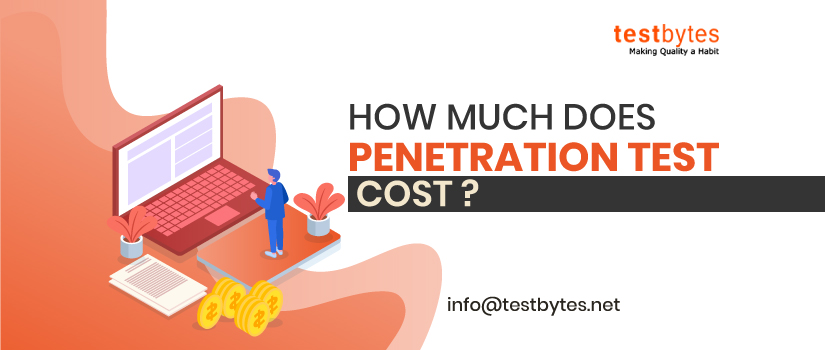

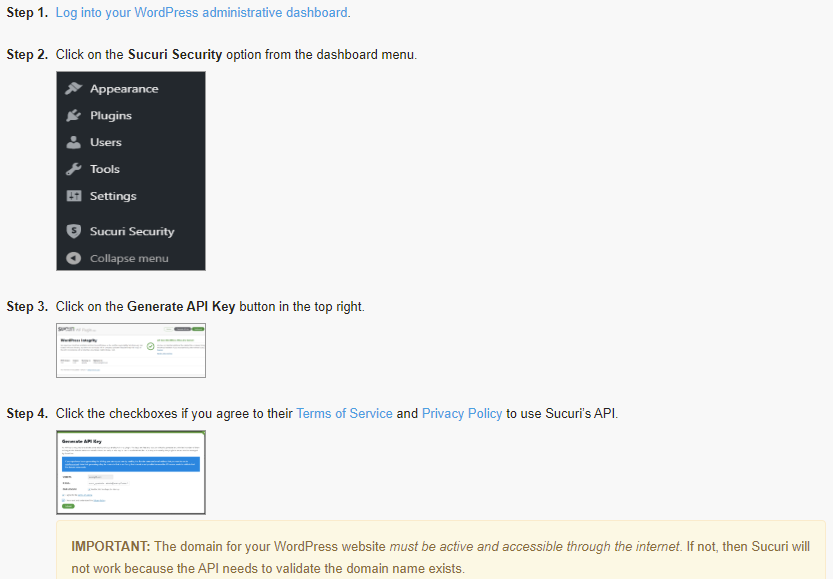

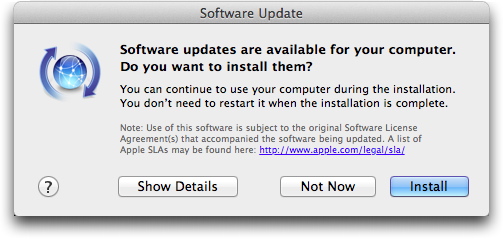

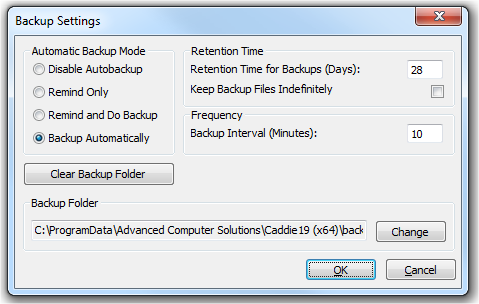
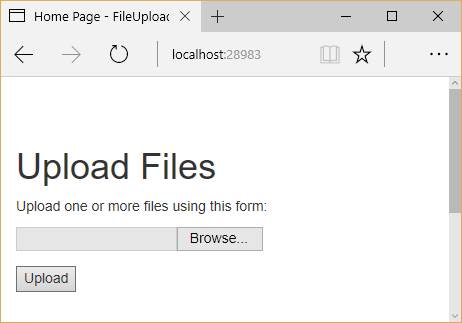
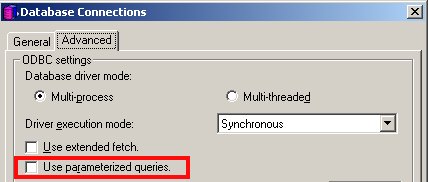
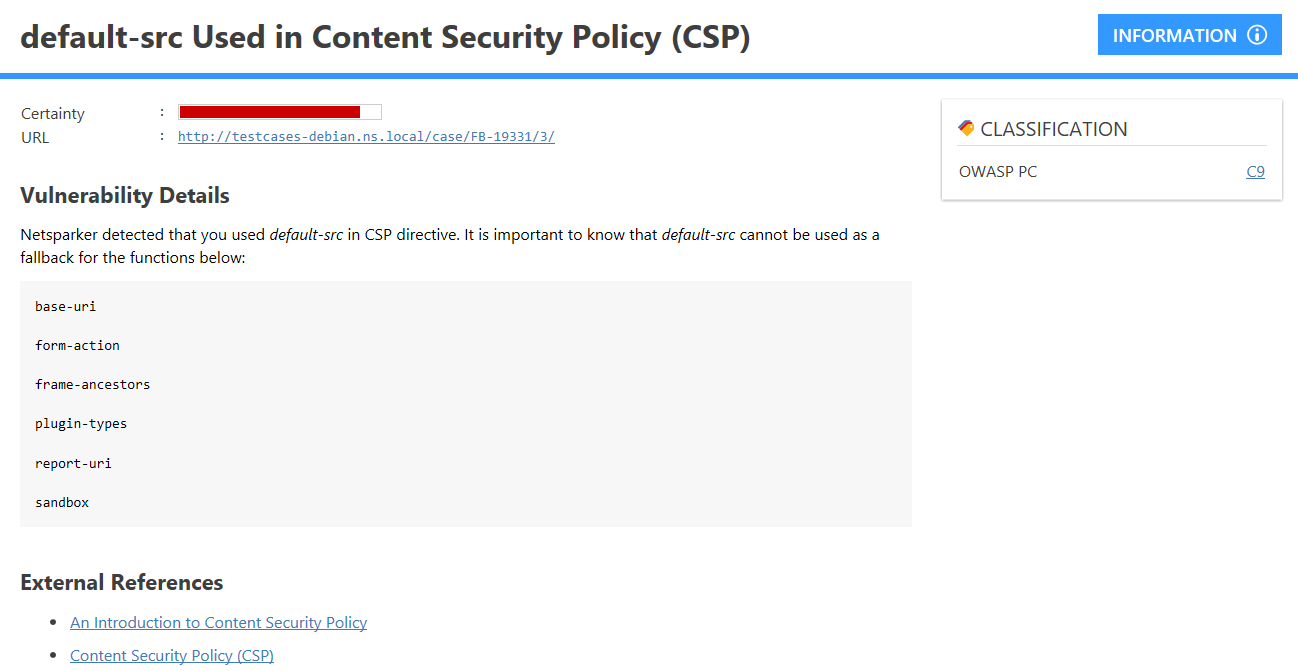




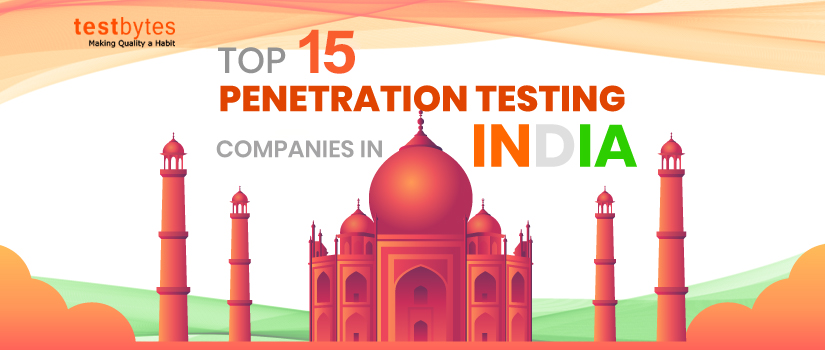

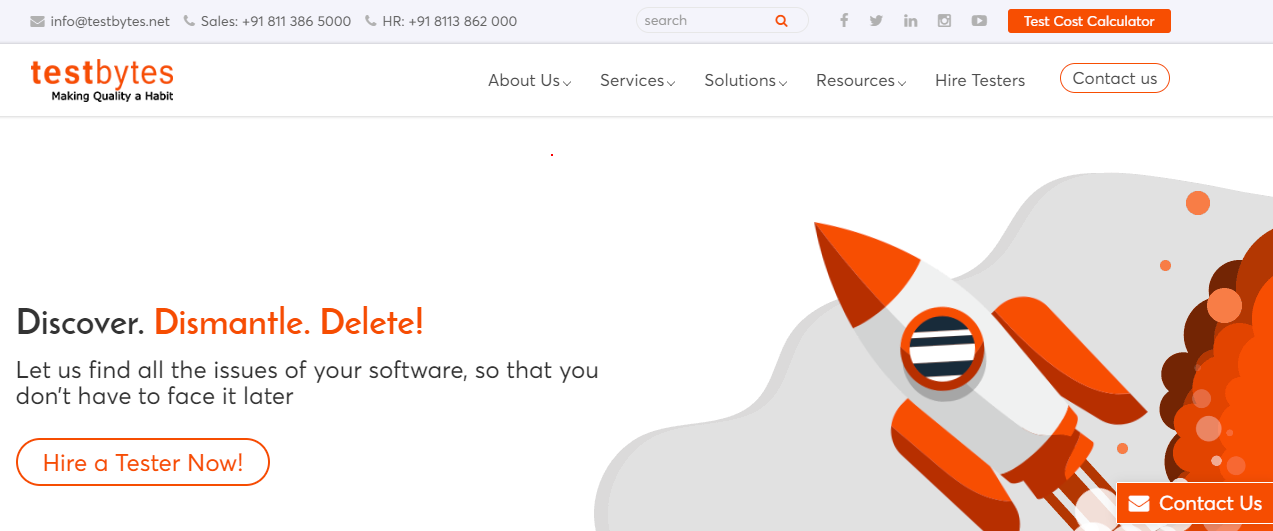
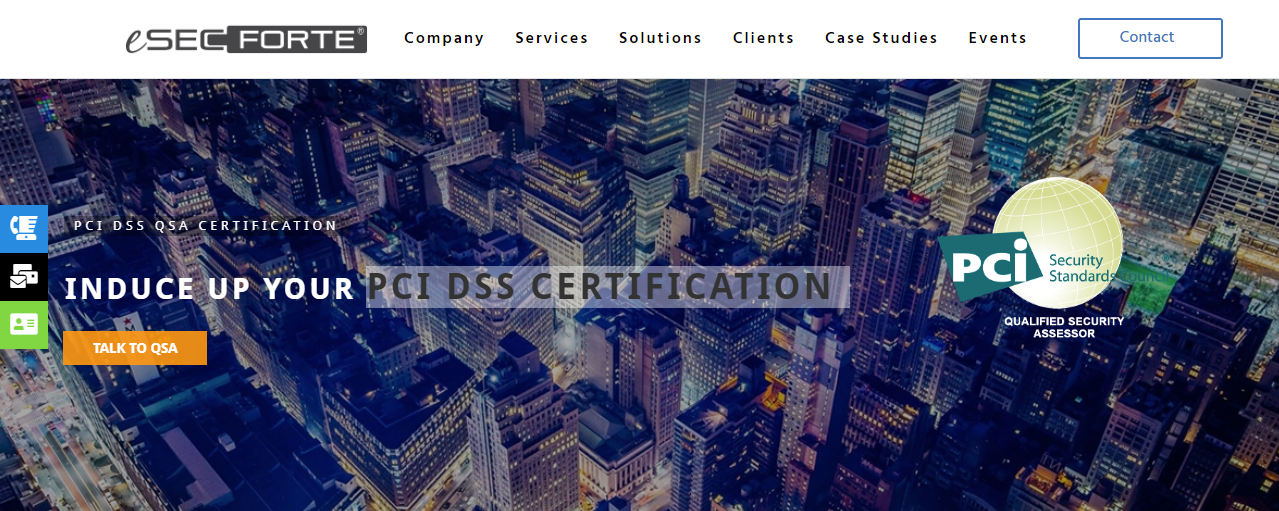


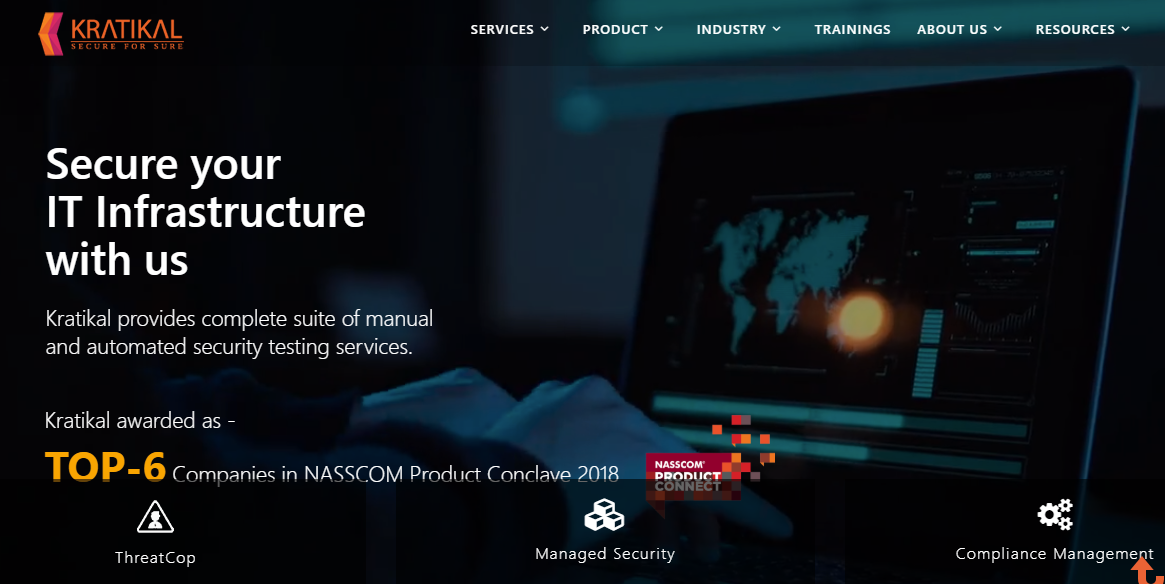
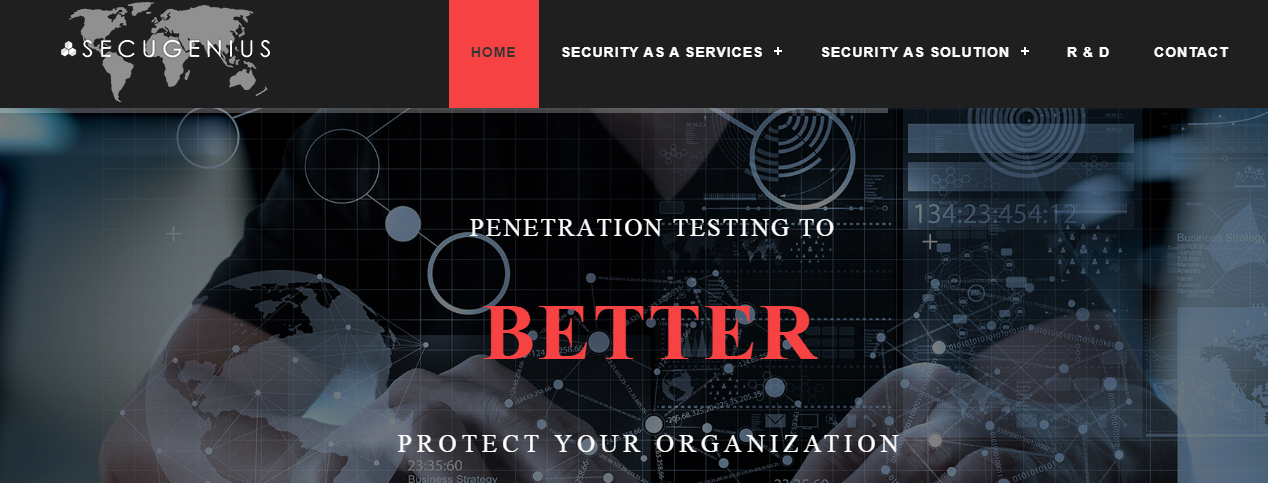
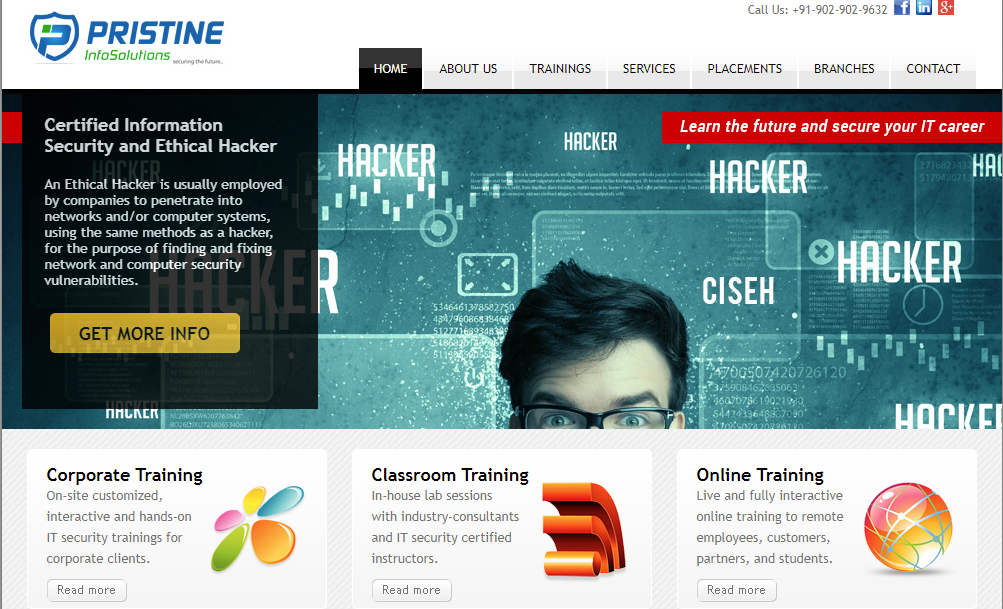
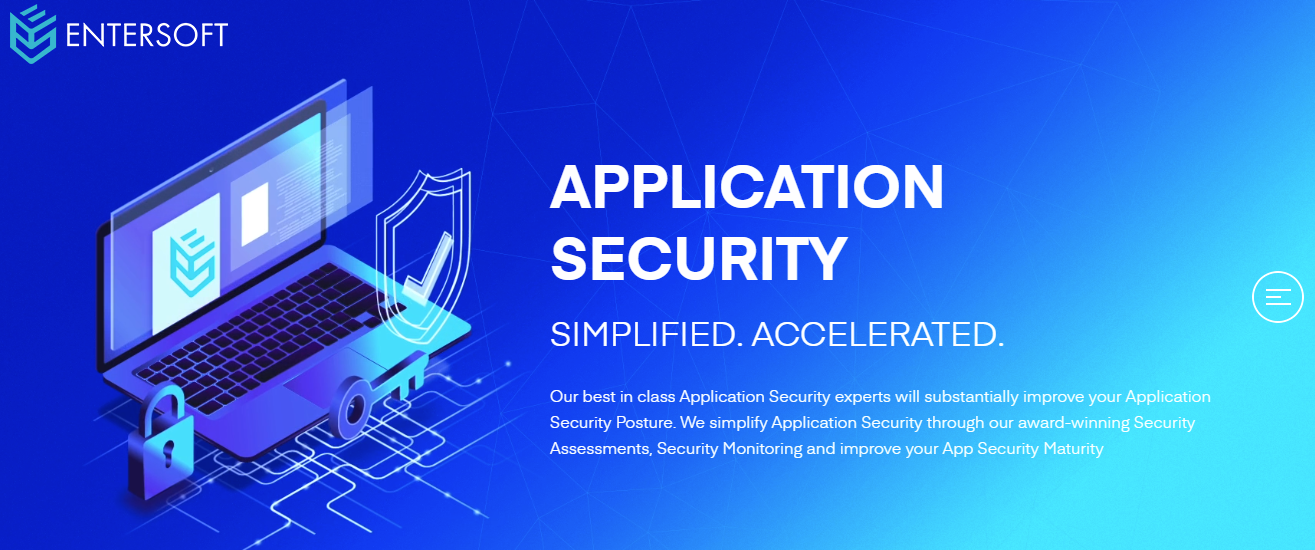







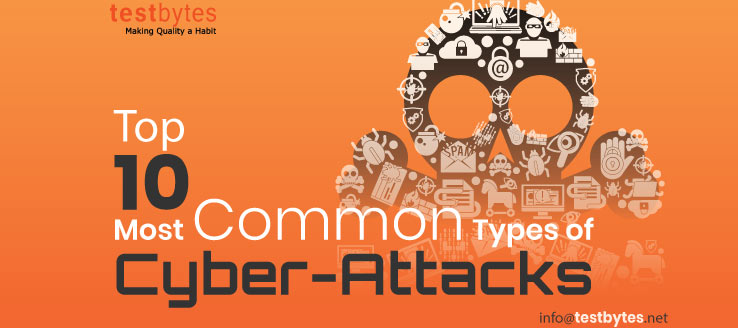



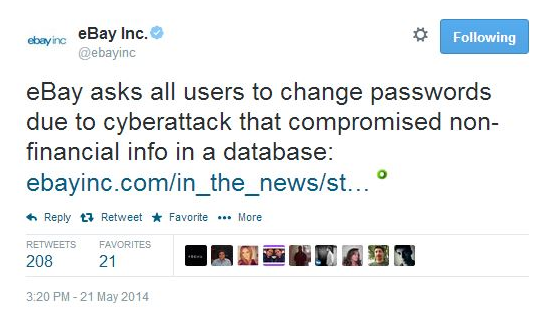
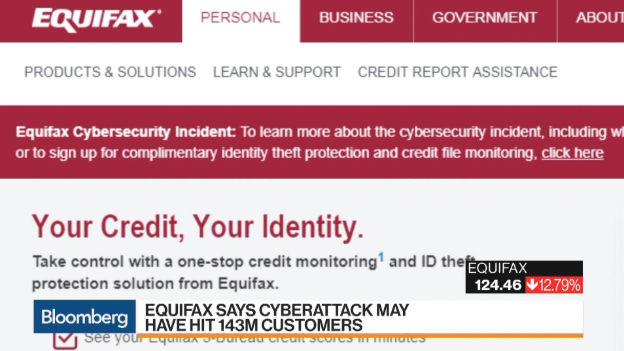

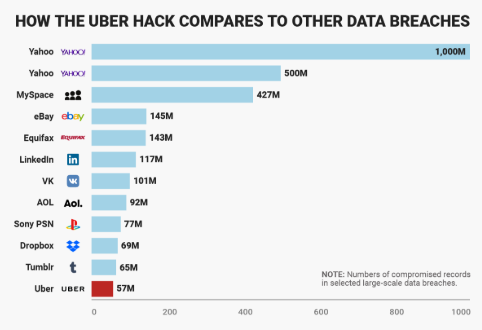
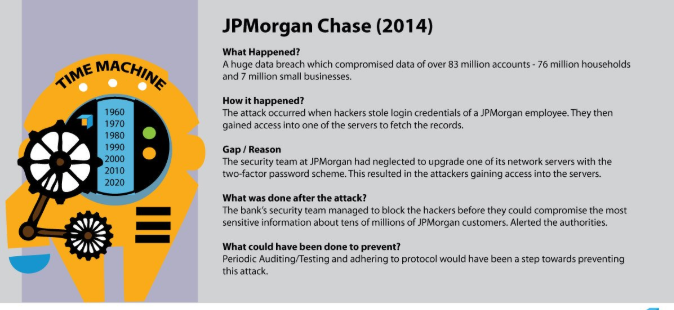

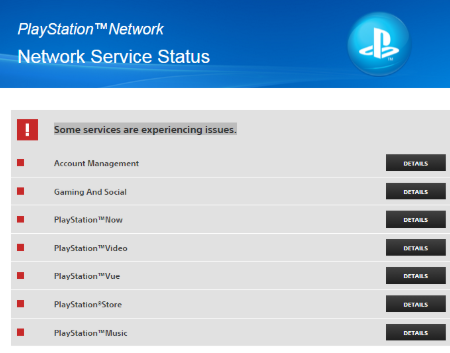
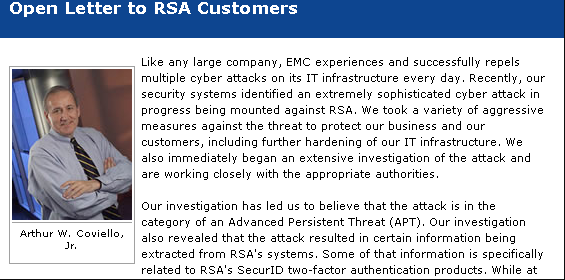


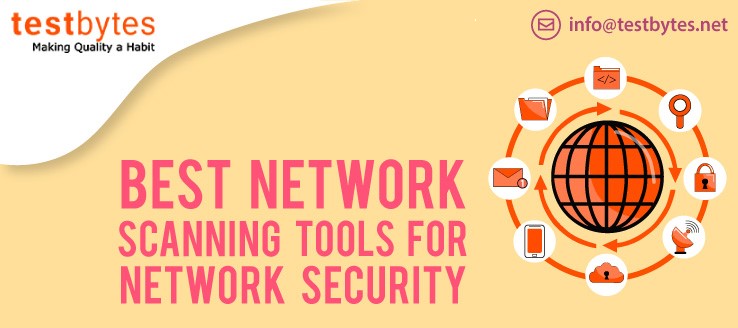
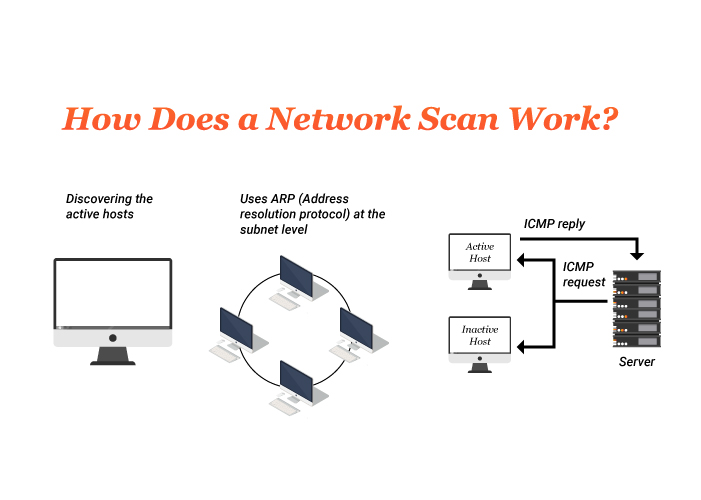
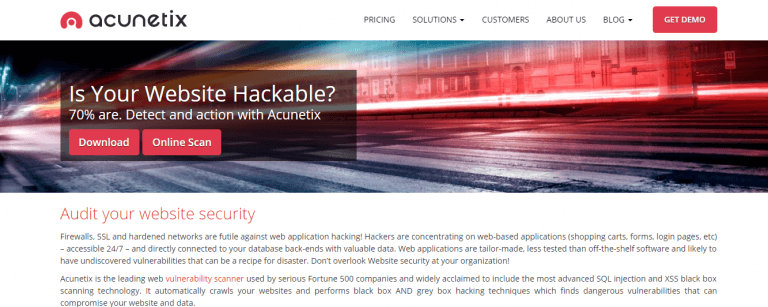
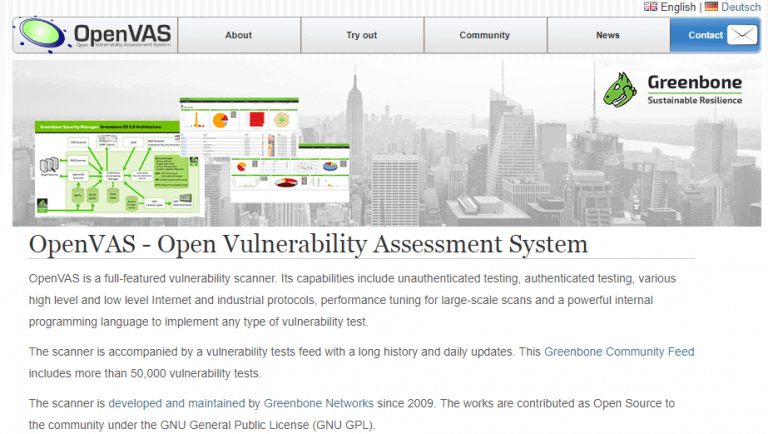

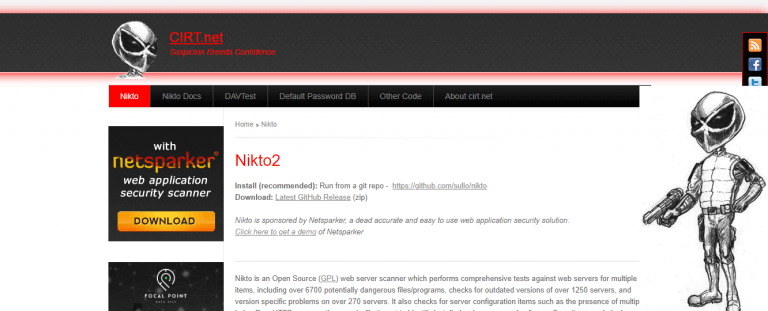
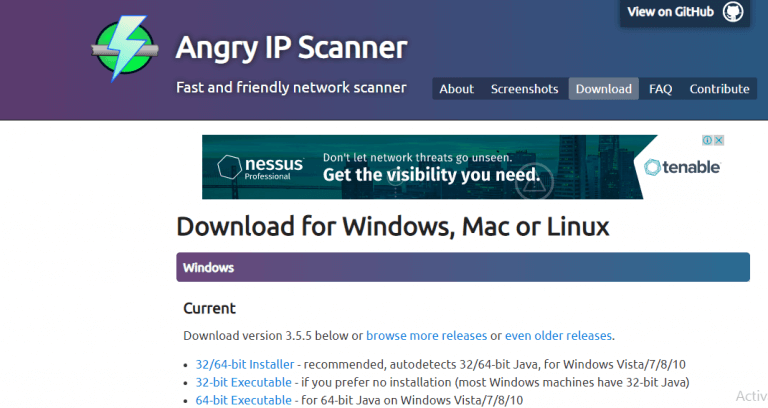

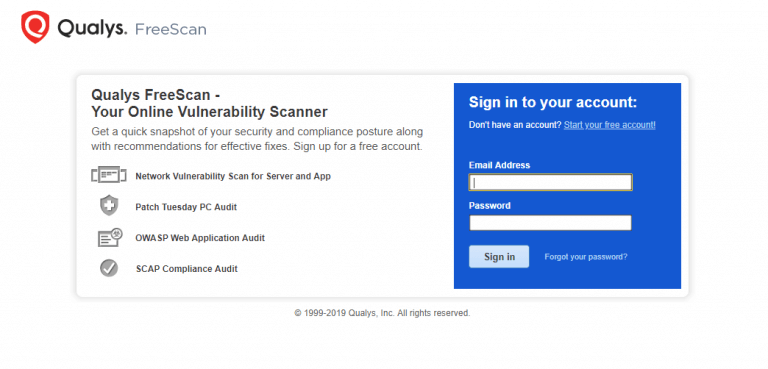
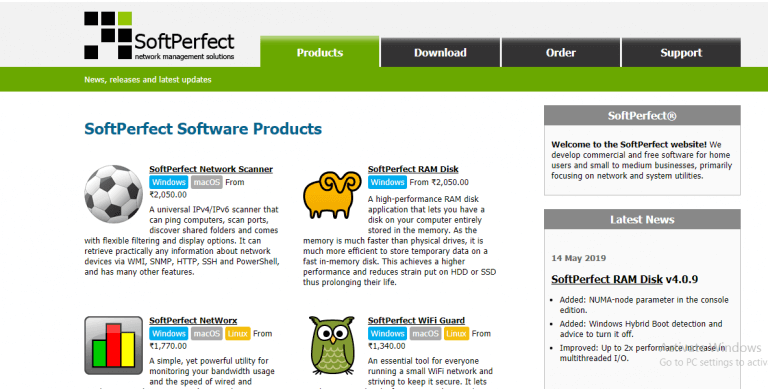
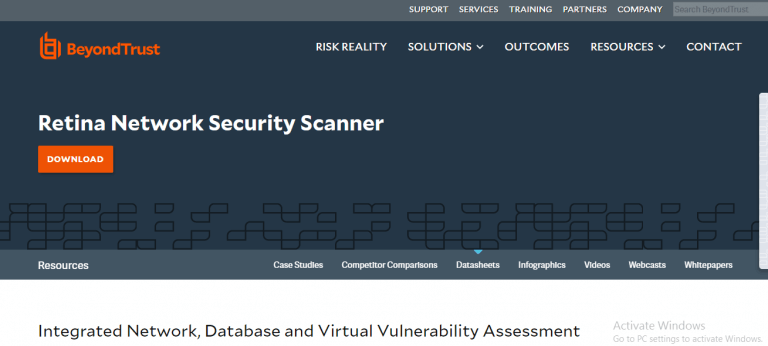
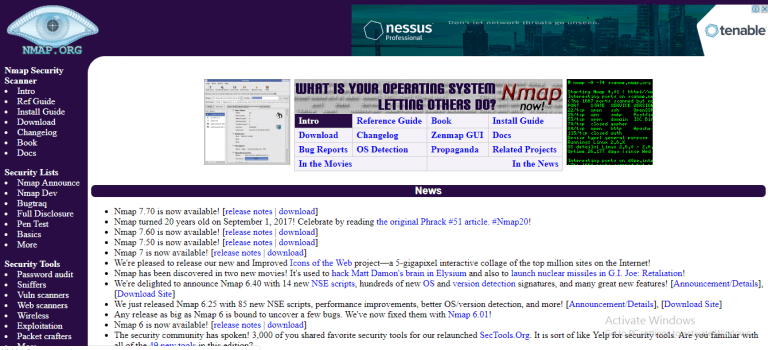
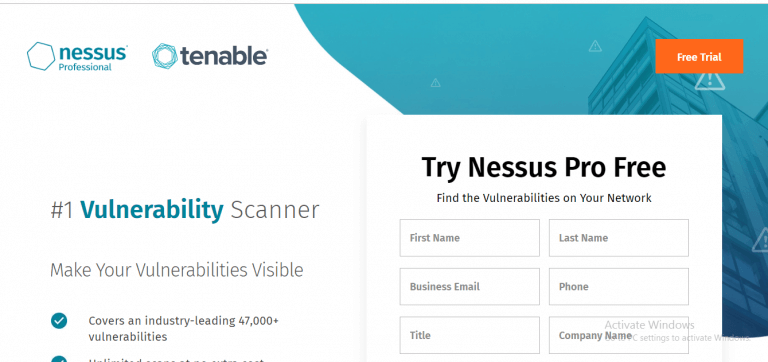
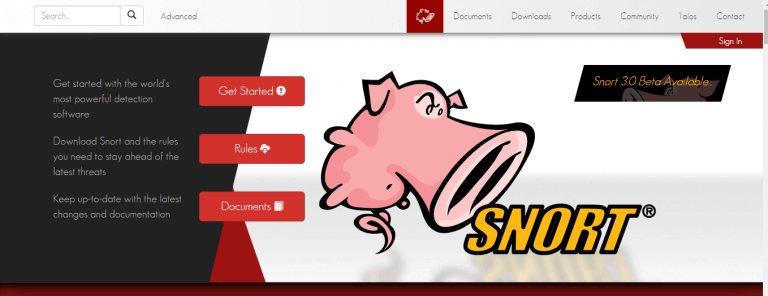
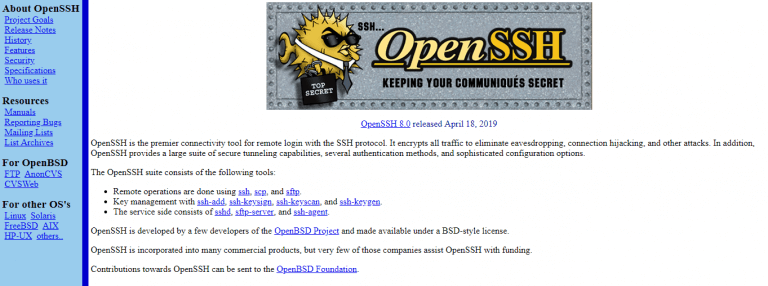
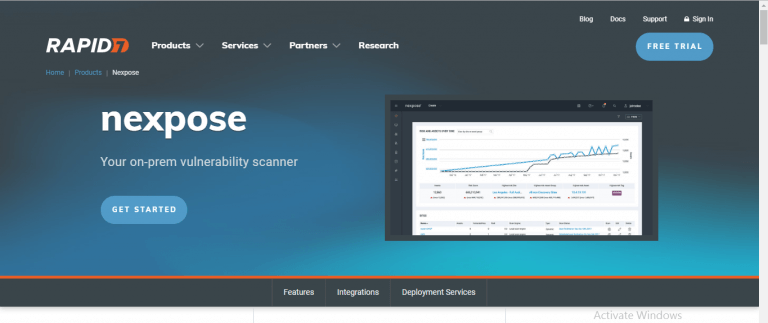








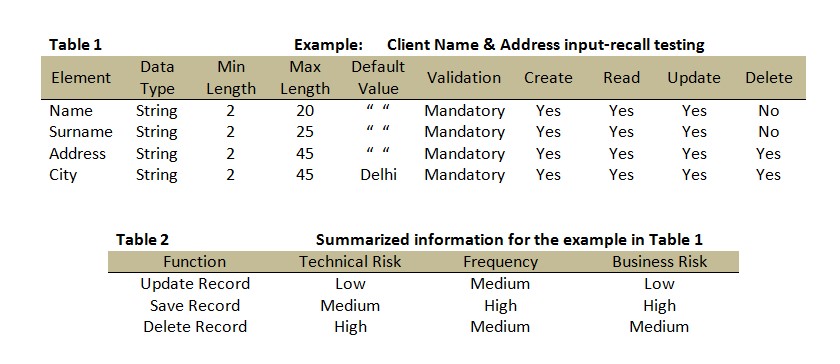 All Info About Grey Box Testing (With Examples)
All Info About Grey Box Testing (With Examples)
